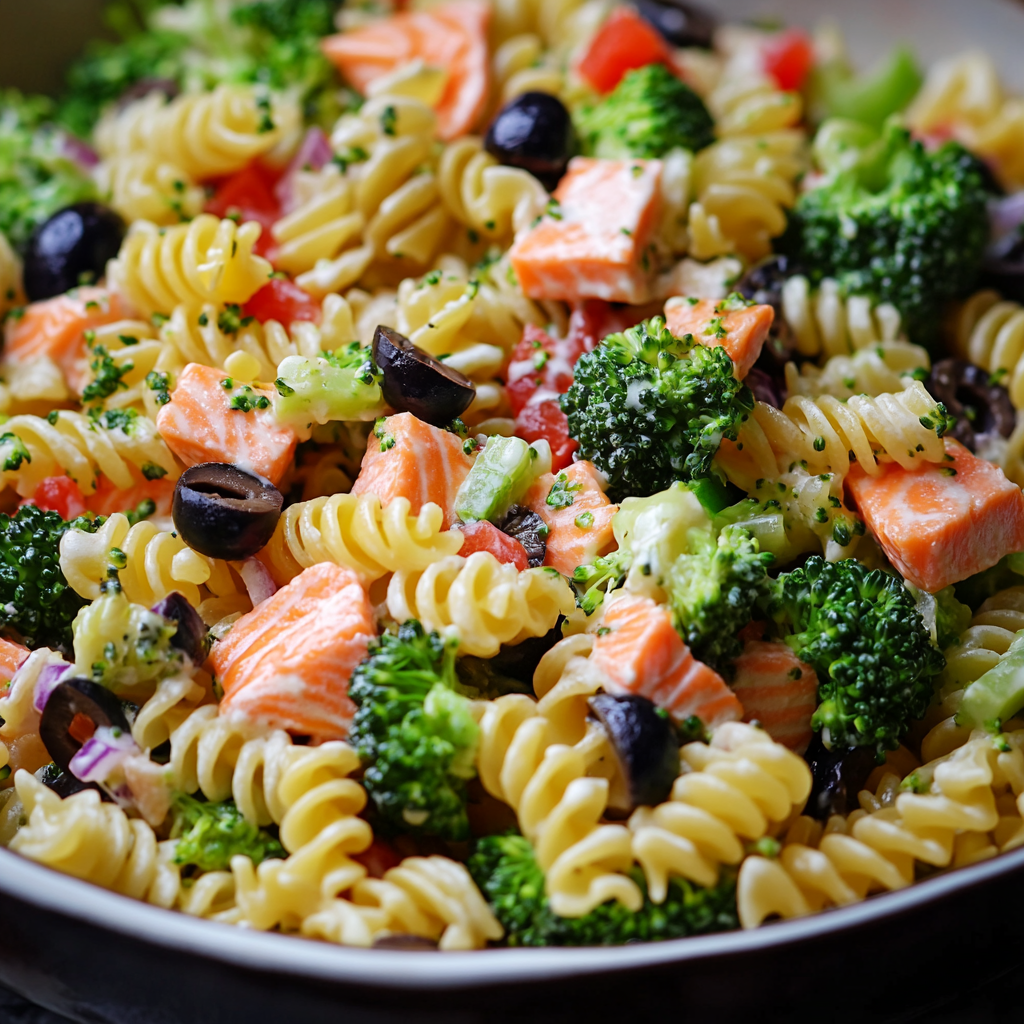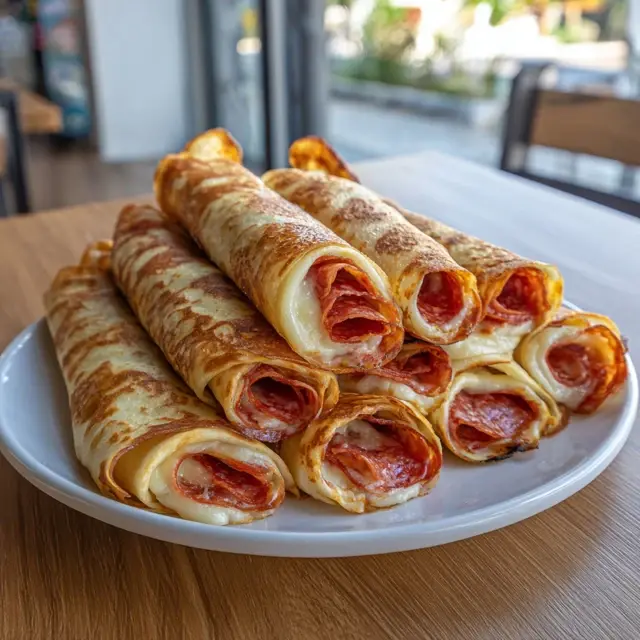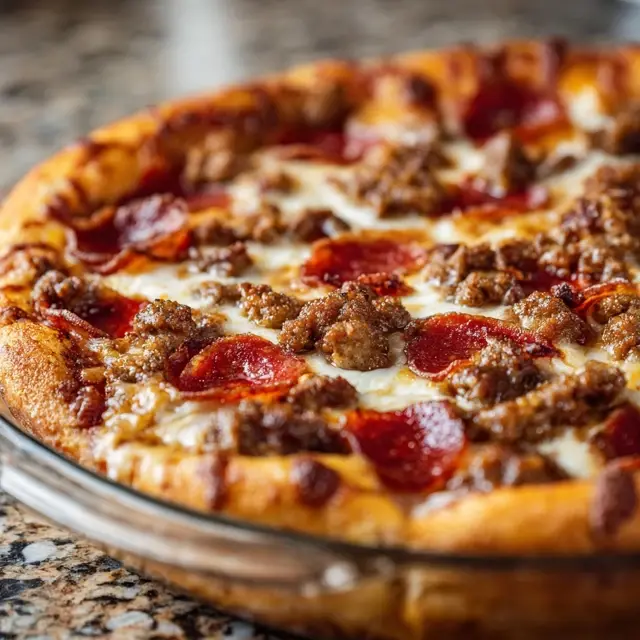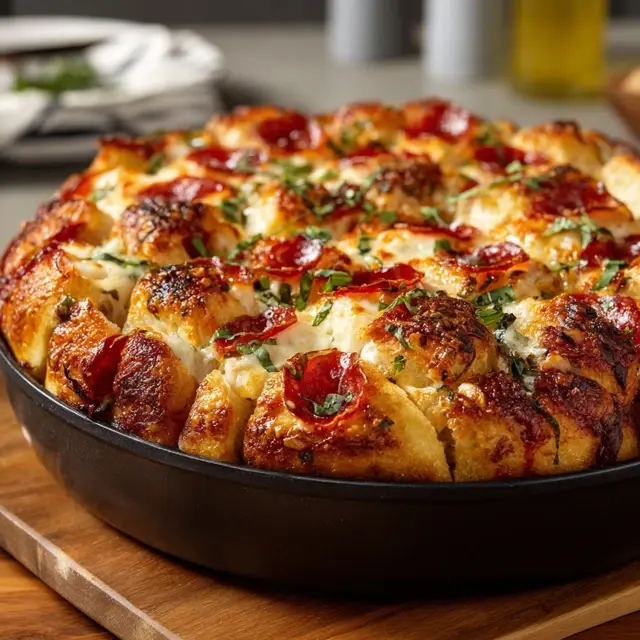Salmon Pasta Salad is the perfect marriage of hearty and refreshing. It brings together tender pasta, flaky salmon, crisp vegetables, and a light, tangy dressing that makes every bite satisfying yet bright. Whether you’re prepping lunches for the week, planning a picnic, or just want a cool dinner for warm evenings, this dish checks all the boxes.
It’s a smart way to enjoy the health benefits of salmon with the comfort of pasta—and it’s as simple to make as it is delicious.
Why You’ll Love Salmon Pasta Salad
-
High in protein and omega-3s
-
Great for meal prep and serves well cold or at room temperature
-
Easy to customize with seasonal veggies or different dressings
-
Works as a main dish or a side
-
Perfect for potlucks, family gatherings, or a no-fuss lunch
Whether you’re cooking with fresh salmon fillets, leftover grilled salmon, or even canned salmon, this salad adapts beautifully.
Ingredients
For 4 servings:
-
2 cups cooked pasta (fusilli, penne, or bowties work best)
-
1 ½ cups cooked salmon (flaked) – grilled, baked, or canned
-
1 cup cherry tomatoes, halved
-
1 small cucumber, diced
-
¼ red onion, thinly sliced
-
1 cup baby spinach or arugula
-
¼ cup black olives or capers (optional)
-
2 tbsp chopped fresh dill or parsley
For the Dressing:
-
3 tbsp olive oil
-
1 tbsp lemon juice
-
1 tsp Dijon mustard
-
1 tsp honey or maple syrup
-
Salt and black pepper to taste
How to Make Salmon Pasta Salad
Step 1: Cook the Pasta
Boil pasta according to package instructions until al dente. Drain and rinse with cold water to stop the cooking and cool the pasta. Set aside.
Step 2: Prepare the Dressing
In a small bowl or jar, whisk together olive oil, lemon juice, Dijon mustard, honey, salt, and pepper. Taste and adjust seasoning if needed.
Step 3: Assemble the Salad
In a large mixing bowl, combine cooled pasta, flaked salmon, cherry tomatoes, cucumber, red onion, spinach (or arugula), and olives or capers if using.
Step 4: Dress and Toss
Pour the dressing over the salad ingredients. Gently toss until everything is evenly coated. Garnish with fresh dill or parsley.
Step 5: Chill and Serve
For best flavor, let the salad chill in the fridge for 15–30 minutes before serving. This allows the flavors to meld beautifully.
Flavor Variations and Add-Ins
This salad is wonderfully adaptable. Try these variations to keep it exciting:
Pasta Options:
-
Use whole grain pasta for added fiber
-
Try chickpea or lentil pasta for a gluten-free, high-protein twist
-
Use orzo or couscous for a Mediterranean spin
Veggie Upgrades:
-
Add blanched green beans, peas, or roasted zucchini
-
Toss in some shredded carrots, corn, or avocado slices
Dressing Variations:
-
Greek-style: Use a yogurt and garlic lemon dressing
-
Italian: Add balsamic vinegar and swap dill for basil
-
Creamy: Mix in Greek yogurt or sour cream for a richer feel
Nutritional Highlights
Salmon pasta salad is a nutritionally balanced dish offering a healthy mix of macronutrients:
-
Calories: 400–500 kcal
-
Protein: 25–30g (from salmon and pasta)
-
Fat: 18–22g (mostly healthy fats from olive oil and salmon)
-
Carbohydrates: 35–40g (varies with pasta type)
-
Fiber: 4–6g (especially if using whole grains or adding greens)
-
Omega-3s: Salmon delivers heart-healthy fats beneficial for brain and cardiovascular health.
This makes it a perfect post-workout meal, a light yet satisfying lunch, or a wholesome family dinner.
How to Store Salmon Pasta Salad
This salad is an ideal make-ahead dish:
-
Refrigerate in an airtight container for up to 3 days.
-
If using fresh greens like arugula or spinach, consider storing them separately and mixing them in just before serving.
-
Add a little extra dressing before serving if it dries out slightly in the fridge.
Avoid freezing, as pasta and greens don’t thaw well and the texture of the salmon may change.
Best Ways to Serve Salmon Pasta Salad
This dish is as versatile in its serving style as it is in its ingredients:
-
As a main course with a side of soup or breadsticks
-
On a bed of arugula or kale for extra greens
-
In a lunchbox or meal prep container for work or school
-
With crackers or crusty bread for a picnic lunch
-
As a starter in a multi-course dinner
It transitions easily between casual and elegant settings.
Ideal for Meal Prep and Weekly Planning
Salmon pasta salad fits beautifully into meal prepping routines:
| Day | Meal | Add-On Suggestion |
|---|---|---|
| Monday | Lunch | Add sliced avocado + lime wedge |
| Tuesday | Dinner | Pair with a small soup |
| Wednesday | Light Lunch | Add extra greens and feta cheese |
| Thursday | On-the-Go | Serve in a jar with dressing at bottom |
| Friday | Side Dish | Complement grilled vegetables |
By changing toppings or side pairings, you keep the meal exciting all week long.
Why You’ll Make It Again and Again
This isn’t just a salad—it’s a lifestyle recipe. Quick to assemble, packed with flavor, easy to store, and elegant enough to serve to guests. It’s the kind of dish you turn to when:
-
You want something light but filling
-
You have leftover salmon or extra cooked pasta
-
You’re trying to eat more fish but don’t want a hot meal
-
You need something fresh and nourishing without cooking
Salmon Pasta Salad – A Dish for Every Season
What makes this salad so timeless is how seasonal ingredients can subtly shift its tone:
-
In Spring: Add asparagus, fresh peas, or a lemon-mint vinaigrette.
-
In Summer: Use cherry tomatoes, basil, and grilled corn for a garden-fresh feel.
-
In Autumn: Toss in roasted sweet potatoes, arugula, and a maple mustard dressing.
-
In Winter: Try warm pasta with flaked smoked salmon and kale tossed in olive oil and lemon.
This makes it a reliable, ever-evolving favorite that you can adapt 12 months a year.
Sharing the Table – From Solo Meals to Special Occasions
Salmon pasta salad is one of those recipes that’s just as lovely eaten solo on the couch as it is served to guests at a weekend brunch. It’s:
-
Elegant enough for entertaining
-
Quick enough for weeknight dinners
-
Comforting yet healthy
-
Simple enough for new cooks, customizable for experts
You can dress it up with wine and candles or pair it with iced tea and a paper napkin. It fits both.
Personal Touches That Make It Yours
The real beauty of this salad is in how each version can reflect you. Try:
-
Swapping salmon for grilled shrimp or smoked trout
-
Using a base of quinoa or couscous instead of pasta
-
Adding spicy mayo, sriracha, or wasabi for a punch
-
Tossing with crumbled feta, shaved parmesan, or toasted pine nuts
Every variation tells a story—of what’s in season, what’s in your pantry, or simply what you’re in the mood for.
A Balanced Bite – More Than Just a Meal
There’s something inherently satisfying about salmon pasta salad—not just because it tastes great, but because it leaves you feeling good. It’s the kind of meal that nourishes without weighing you down, supports your energy without overwhelming your digestion, and satisfies your cravings while still being smart.
Whether you’re training for a race, recovering after a long workday, or just trying to eat more intentionally, this salad works with you, not against you.
For the Home Cook and the Aspiring Chef
One of the best things about this recipe is how it speaks to all levels of skill:
-
New to cooking? Use canned salmon and store-bought dressing for a no-stress start.
-
Intermediate cook? Roast your own salmon and experiment with vinaigrettes.
-
Seasoned foodie? Cold-smoke your salmon, pickle your onions, and infuse your olive oil with herbs.
It’s a canvas for creativity, whether you want fast nourishment or a thoughtful plated experience.
Smoked or Fresh? Wild or Farmed?
You can make this dish your own depending on the type of salmon you prefer:
-
Fresh grilled salmon gives a clean, flaky texture
-
Canned salmon is budget-friendly and surprisingly delicious
-
Smoked salmon brings depth and a hint of luxury
-
Wild-caught tends to have a firmer texture and stronger flavor
-
Farm-raised is milder and often more accessible
The important part is using what you enjoy and balancing it with the freshness of your other ingredients.




